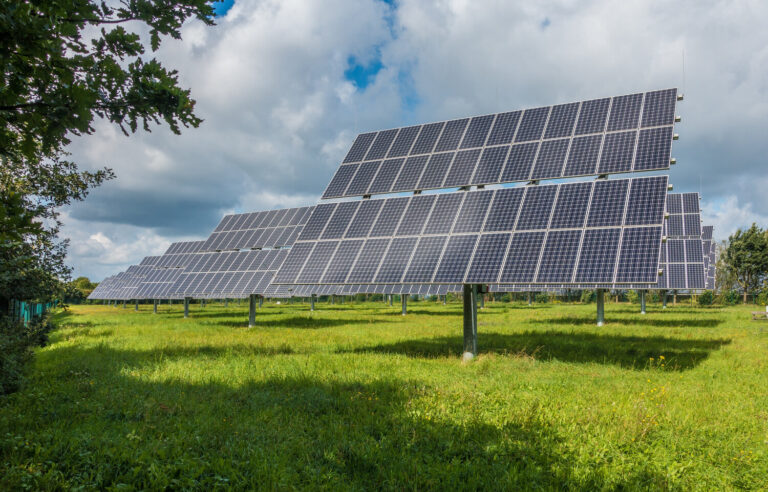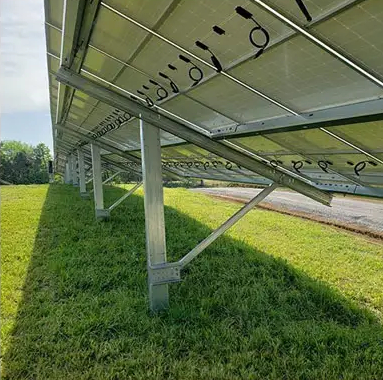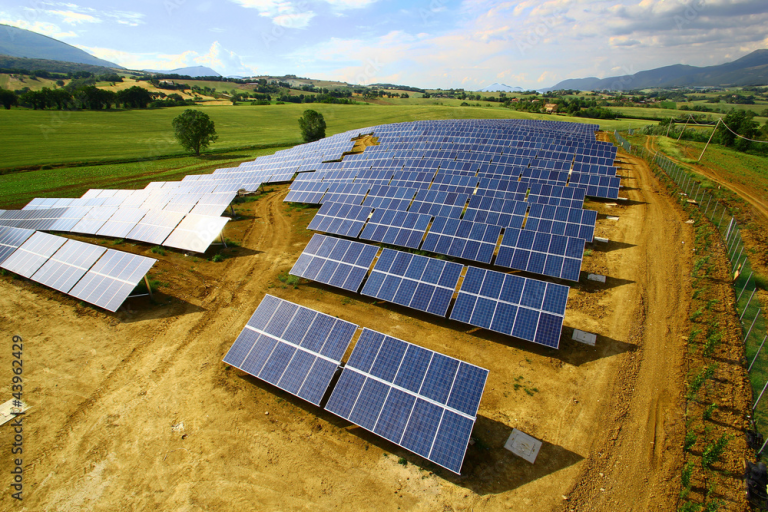
Mounting systems for solar panels at the top of a pole have almost become a go-to solution for installing solar panels in a wide range of environments. Structures like this are structures on which solar photovoltaic (PV) panels are mounted high on poles or masts to elevate them above the ground.
As mentioned earlier, best of pole solar panel mounts are top of the line, and one of the top selling points is their ability to fully capitalize upon sunshine by eliminating shading and obstructions. These structures serve to elevate the solar panels off the ground which allows them to better avoid the impacts of structures, trees, or other possible obstructions that could limit the efficiency of the panels due to shading. This is especially important in urban or suburban areas where available land is scarce, and adjacent building structures can alter ground-mount installations.
Also, another key advantage of top-of-pole mounts for solar panels is that they can be installed in many places. These systems find use in different areas such as parking spaces, open grounds, business or industrial premises and even homesteads. They consume nothing on the ground while generating power from the sun; this raises their appeal to those with only limited space available.
These top-of-pole mounts generally consist of a strong metal pole or mast which usually ranges between 20 and 50 feet depending on the specific application and local regulations.
Another key benefit of top of pole solar panel mounts is their versatility in terms of installation locations. These structures can be installed in a wide range of settings, including parking lots, open fields, commercial or industrial sites, and even residential areas. Their elevated design allows for solar energy generation without occupying valuable ground space, making them an attractive option for areas with limited available land.


Top of pole solar panel mounts have been designed to ensure the stability and durability of these structures, against diverse weather conditions such as strong winds, heavy rains or that which falls as snow in certain zones. The poles are normally set on concrete foundations or special types of mounting devices that act as a secure base for supporting the weight of the panels and resisting forces from wind plus other factors.
Top of pole solar panel mounts also have other benefits apart from their practicality. It is possible to create structures that match the existing building designs and landscapes by using different materials for poles, colors and finishes. In some installations, artistic aspects and lighting fixtures are incorporated into renewable energy generation projects thus combining public art with power creation by sun or architecture.
Nonetheless, top-of-pole solar panel mounts have constraints and considerations associated with them. One possible drawback is increased costs arising from tallness of pole-based structures and specialized mounting equipment for them whose prices could surpass those of ground-mounted photovoltaic systems.These systems that are also build high above the ground may need a special type of maintenance and cleaning to assist in attaining maximum results over time.
Moreover, restrictions on the height or position of top pole solar panel mounts may be imposed by local zoning ordinances and building codes specifically in residential areas or places having particular aesthetic or historic preservation concerns. Proper planning and adherence to local regulations are crucial when considering the installation of these structures.

In general, top of pole mounted structures for solar panels present an adaptable and revolutionary approach for tapping energy from the sun in various settings where ground is limited as well as shading is taken into account. Consequently, they are deemed to be greatly important in renewable energy expansion and sustainable urban development due to their capacity to maximize exposure to sunlight, minimize obstacles and conserve valuable land masses.
